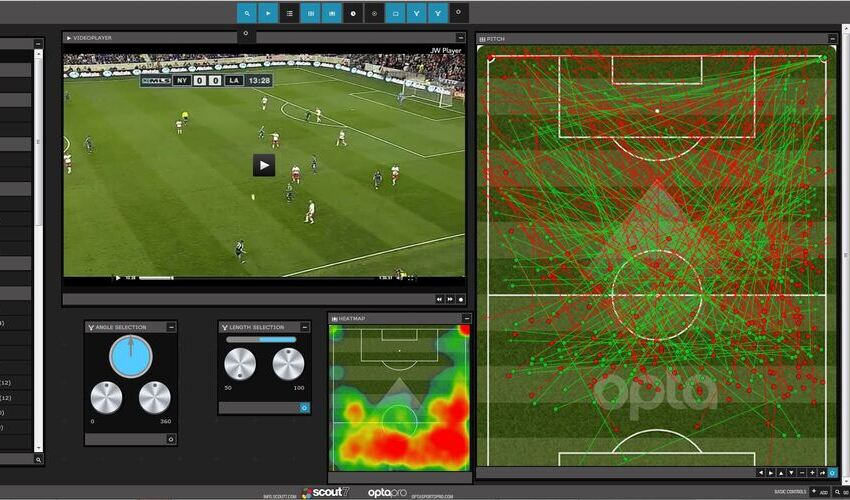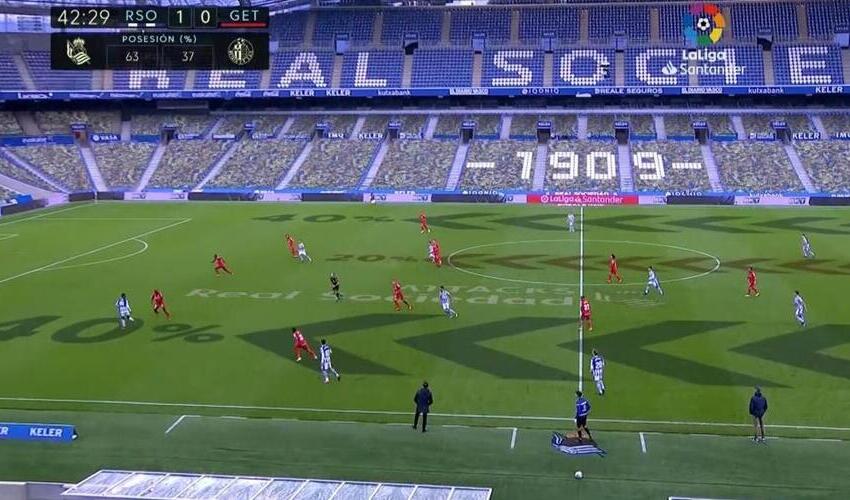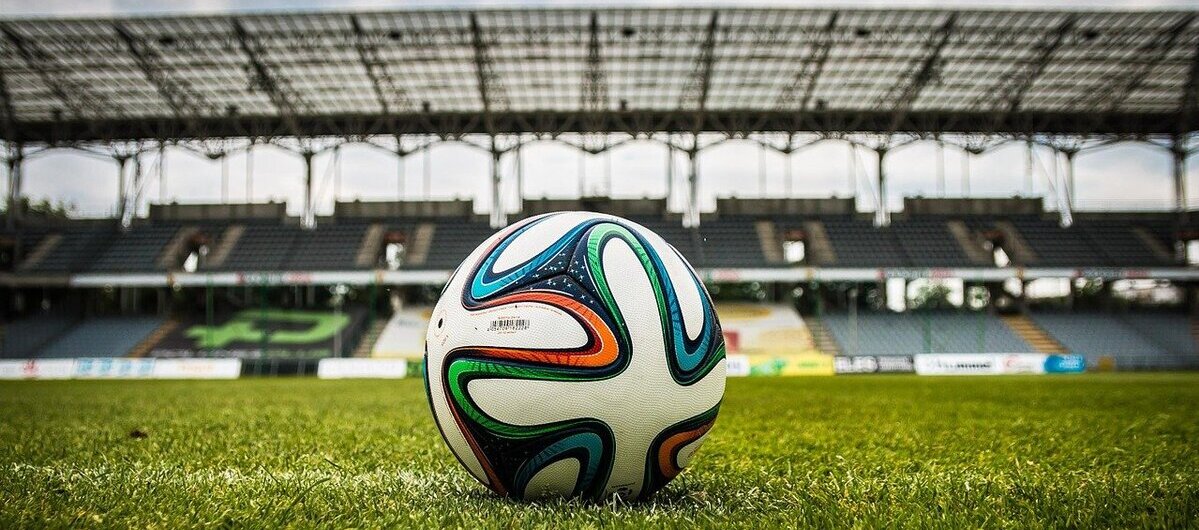Football in Europe is on standby. All clubs are immersed in their preparation processes for the new 2022/23 season. Training sessions, friendly matches and announcements of new signings follow one after the other on a daily basis. It’s the fans’ favorite moment: to see what’s new.
One of them arrived some time ago. It is technology in football, which has changed the routines and ways of working of different departments and sections of professional football clubs. In this Befree blog post we explain how it has changed the beautiful game.
Technology in football and clubs
Let’s start by talking about the introduction of digitalization in clubs. One of the first steps was the monitoring of players through GPS. The coaching staff, especially the physical trainers, attach devices to the player’s clothing to monitor his endurance, distance covered or peaks in physical performance. In this way, it is possible to know when and why a player performs better or worse.
However, mass data is also used in other departments. Many sports departments use Big Data to determine the profile of the player to be signed and to choose one or another player. One of the pioneers in this regard is Ramón Rodríguez Verdejo ‘Monchi’, sports director of Sevilla FC. “We had to do different things to obtain different results. We believe that data is fundamental for growth not only in sports, but also in business,” acknowledged ‘Monchi’ in Diario de Sevilla.
But how does he and his team use Big Data?: “We estimate that there are 18,000 potential players for Sevilla. If we divide them into the eleven football demarcations, that leaves 1,600 for each position”. This is an unaffordable figure, according to ‘Monchi’: “If we want exhaustive monitoring, either we have 500 scouts or it is impossible. That’s where the data comes in. It filters us to the 30 that fit what the coach is looking for”. From then on, there are other human parameters that the data cannot cover.

Tactical analysis has also taken a leap forward thanks to technology and Big Data
Justice, safety and spectacle
Well known to all is the Video Assistant Referee or VAR, a system that allows referees to review plays in order to change their decision. Introduced for the first time at the 2018 World Cup in Russia, it is undoubtedly the most revolutionary tool in recent years.
VAR technology goes no further than a series of multi-cameras, slow motion replays and microphones so referees can communicate in real time. However, it was a big step forward in terms of confidence in technology in football, a field somewhat reluctant to changes and modifications to a game that is on its way to being bicentennial.
On the other hand, the agreement between SD Eibar of Spain and Cisco to strengthen the Basque club’s cybersecurity has recently been made official. The agreement covers both the security of its headquarters and protection solutions against malware and cyberattacks. However, it is also expected that, with Cisco’s help, Eibar will become a “technological hub of reference“.

La Liga Santander included tactical details and virtual audience in 2019/20 season
Finally, the Spanish domestic competition, La Liga Santander, implemented technological details. Perhaps the most prominent was the inclusion of virtual crowds during the second half of the 2019/20 season and the entire 2020/21 season. The reason for this was that the stadiums were closed to fans due to the pandemic.
In addition, tactical explanations on the pitch in real time or replays with state-of-the-art video technology were also implemented in recent years.






